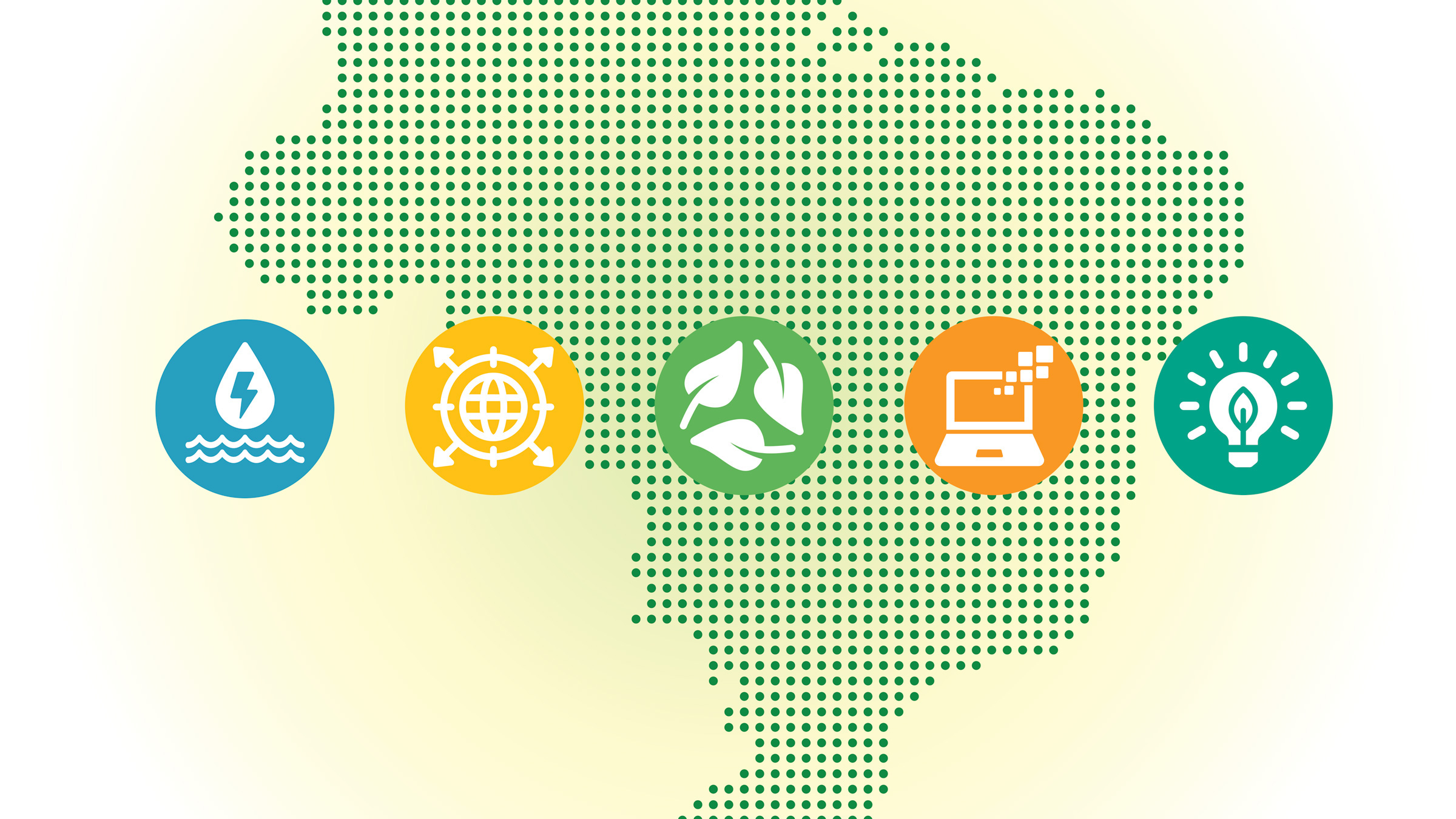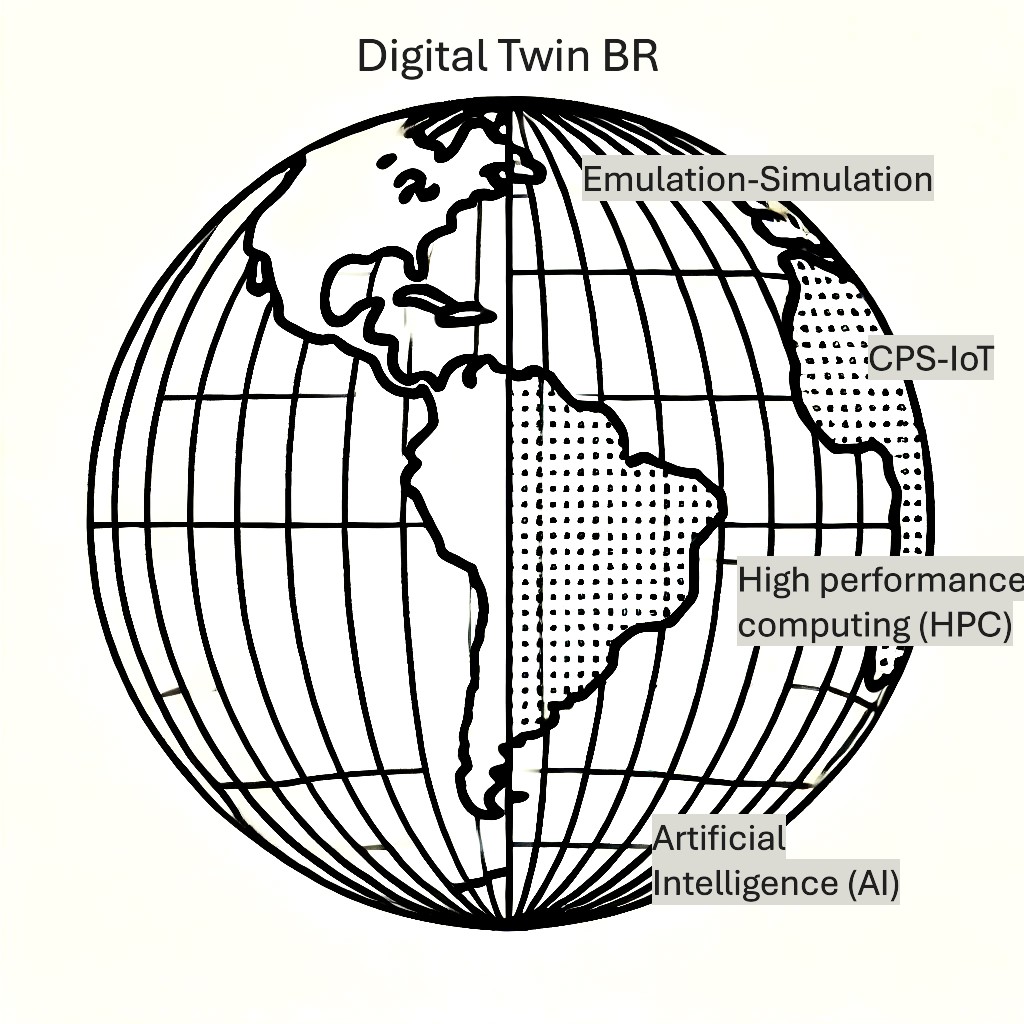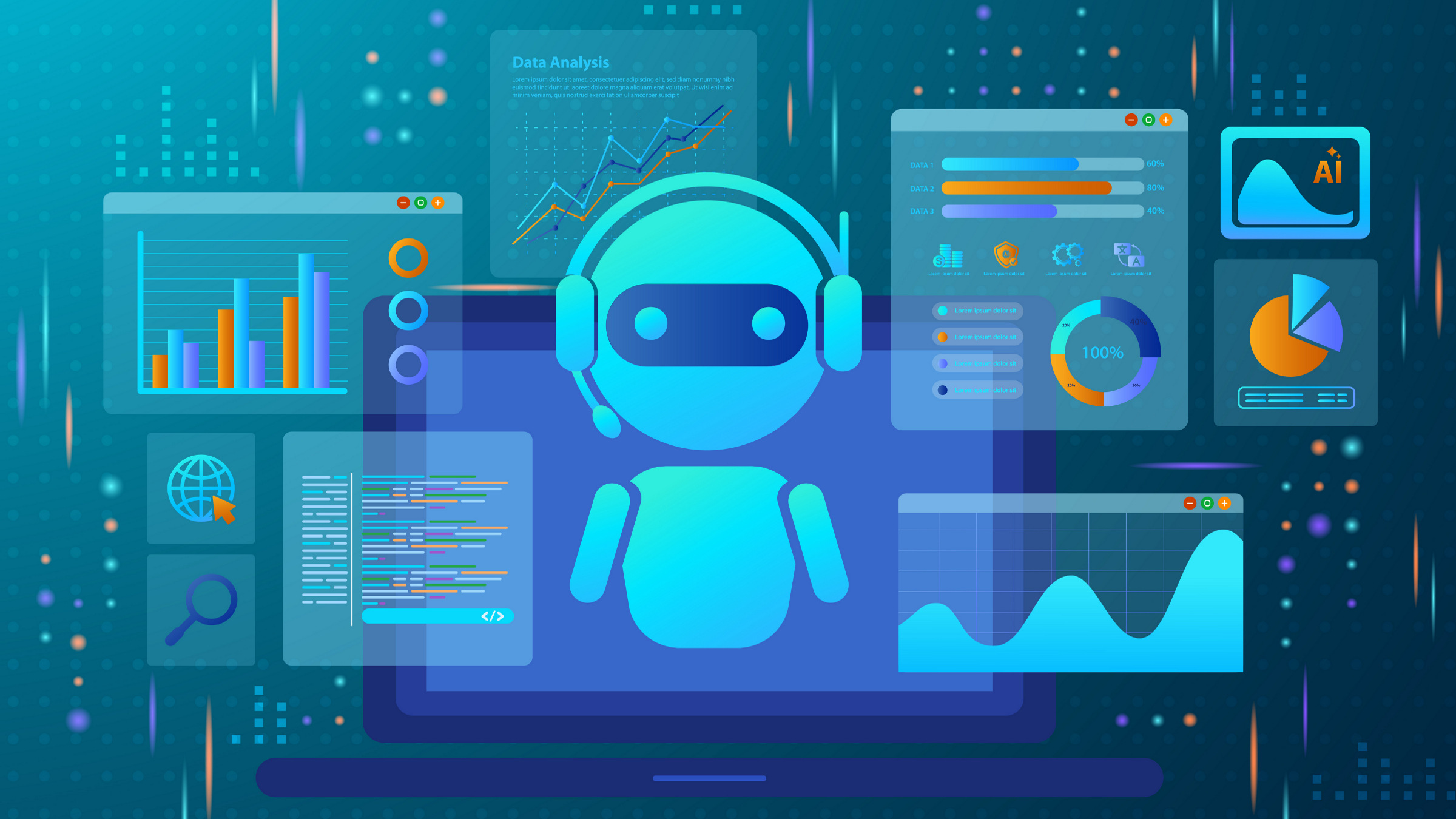The United Nations COP28 climate conference, held in Dubai in 2024, concluded with a historic agreement explicitly addressing fossil fuels for the first time.8 The deal commits to a transition away from these fuels, marking a pivotal moment in global efforts to address climate change. No nation or organization can manage the complexities of climate change alone; collective action is crucial to creating a sustainable and resilient future for the planet.
Brazil has taken a significant role in addressing climate change,3 with ambitious goals to reduce its net greenhouse gas emissions by 53.1% by 2030, compared to 2005 levels. To achieve this, the country is committed to ending illegal deforestation by 2030, restoring 18 million hectares of forest by 2030, rehabilitating 30 million hectares of degraded pastures, attaining a 45-50% share of renewable energies in the country’s energy matrix by 2030, and promoting the expansion of its railway network.
Within this context, the Brazilian Computing Society (SBC), recognizing computing’s impact on society, launched a task force to explore its role in environmental sustainability. The task force convened regularly from September 2021 to July 2022 to discuss national and international efforts and present key findings. The document “Digital Technologies for the Environment”4 is the task force’s outcome, aiming to mobilize groups of interdisciplinary experts.
This article summarizes the principles and actions that emerged from the SBC task force, demonstrating the role of computing in addressing sustainability challenges. Although it focuses on Brazil, the position presented here can also benefit other communities. Collaboration among computing researchers globally is vital for developing innovative solutions to the world’s sustainability challenges.
Data Complexity
Many environmental-related challenges, such as food security, water provision, and disaster resilience, are driven by human activities and amplified by climate change. Addressing these problems requires a deep understanding of Earth’s complex dynamics. Exploiting information and communication technology (ICT) is essential to gather, analyze, and interpret vast environmental data. However, the complexity of this data presents a significant challenge.
Varied and closed data. Environmental research analyzes diverse data, from direct measurements of Earth’s climate history to real-time satellite meteorological observations. Missions such as Landsat,9 Sentinel,7 CBERS,11 and Amazônia-110 capture surface parameters critical for understanding deforestation, agriculture, and desertification. Meteorological missions such as GOES-16 provide insights into events like El Niño/La Niña and rising sea levels.12 Satellite datasets offer crucial decision-support information that is often inaccessible through other means. Many governments and organizations have adopted open-data policies for satellite data, fostering innovation, research, and transparency. For example, the Brazilian National Institute for Space Research (INPE) established an open-access policy in 2003, offering free access to satellite images without restrictions. Landsat data has been freely available since 2008, and the Copernicus Program provides open access to Sentinel data.
Short- and medium-term weather forecasts and long-term climate models are essential for environmental research. Meteorological observations, often shared openly through the World Meteorological Organization (WMO) network, are crucial for calibrating these models. While the U.S. and Brazil offer open access to weather and climate forecasts, some European centers still impose fees for these datasets. However, climate projections and calibrated input data are generally made available openly.
Field campaign data, such as sediment samples from rivers, lakes, and ice cores, is crucial for modeling past climates and calibrating forecasting models. This data is typically shared through academic standards, with collectors retaining ownership and providing access once publication efforts are concluded.
Data integration. Given the wide variety of data from different institutions, effective data governance strategies are necessary to ensure successful data integration. These strategies help improve process efficiency, data quality, real-time access, control over data producers and consumers, and data security. The European Centre for Medium-Range Weather Forecasts (ECMWF) Climate Data Store (CDS), funded by the European Commission,6 exemplifies successful data integration. It provides climate datasets and tools for analysis and visualization, demonstrating how computing can build accessible platforms for data sharing and useful insights.
In the Brazilian Amazon, addressing biodiversity issues—such as conserving areas, protecting endangered species, and managing protected regions—requires extensive data collection and analysis. However, accessing and integrating this data is challenging, as it is scattered across various institutions. For instance, the National Institute for Amazonian Research (INPA) needs to share information internally among its bodies and externally with partners.
Computing Principles for Sustainability
We consider general and data-specific principles to effectively leverage computing technologies for climate action.
Openness. Data and code related to climate change should be freely accessible, modifiable, and shareable. This fosters innovation, improves existing systems, and optimizes investments across sectors. Openness can also be achieved through open interfaces, standards, and protocols, enhancing system interoperability.
Interoperability. Systems and databases should work together seamlessly. Standalone environmental databases should integrate and make datasets readily available for applications.
Confidentiality, integrity, and authenticity. Ensuring confidentiality and data integrity is crucial in environmental management, as is verifying the authenticity of agents in digital systems. These principles build trust in system functionality.
Availability. Data and systems must be accessible to authorized users whenever needed.
Data quality control. This principle ensures data history is traceable for audits. Open science promotes using both primary and derived data, with metadata enhancing its value. Properly recording data transformations ensures transparency and supports audits, particularly in global collaborations. Monitoring for alterations due to failures or malicious acts is essential. Quality indicators and valuation labels (for example, “price tags”) help assess data worth. Continuous validation and audit mechanisms ensure traceability and quality control throughout the data life cycle.
Computing Technologies for the Environment
Digital computing technologies play a critical role in advancing climate action solutions. They enable high-precision simulation models, commonly called Earth Twins1,2,13 or Planetary Digital Twins,14 which support environmental management.
Cyber-physical systems (CPS) and the Internet of Things (IoT) facilitate the development of these digital twins by establishing an infrastructure capable of collecting data from diverse sources with varying temporal and spatial resolutions. CPS-IoT systems provide real-time data from sensors measuring environmental variables, such as temperature and air quality, enhancing satellite imagery. Given these models’ extensive data volumes and computational demands, high-performance computing (HPC) systems equipped with advanced GPUs are usually required for data processing and storage.
Digital twins can assist environmental interventions in multiple ways, including issuing real-time actuation commands to field devices, such as CPS-IoT sensors or robots, via networks, and providing offline recommendations for human actions or long-term public policy formulation.
Artificial intelligence (AI) enhances the capabilities of digital twins by developing data-driven, physics-informed models, enabling improved simulations and “what-if” scenario analyses.5 This approach offers disaster prediction and resource optimization baselines, complementing traditional numerical models.
Moreover, digital twins leverage cloud computing for seamless data sharing, creating a distributed system that addresses complex environmental challenges through real-time interventions, predictive modeling, and long-term planning in environmental management.
Proposed Actions
Action 1: National policy. The Sixth Assessment Report (AR6) by the Intergovernmental Panel on Climate Change (IPCC) highlights the urgent need for governments to implement aggressive public policies to reduce CO2 emissions in their territories without delay.8 This urgency calls for more ambitious and coordinated national policies, along with enhanced international cooperation, to accelerate climate action and meet the goals of the Paris Agreement.17 While many countries have initiated efforts to achieve net-zero carbon emissions by 2050, reaching this ambitious target requires stronger public policies to drive a green economic transition.
Brazilian groups are progressing steadily in projects to apply, develop, and support digital technologies to combat climate change. However, these efforts require coherent integration to achieve a broader scope of applicability. It is essential to engage specialists and stakeholders from various fields, including computing, to define a national policy on digital technologies for the planet’s sustainability. The proposed activities to achieve this objective are as follows:
Regional indicators. Establish indicators aligned with global standards to measure computing technologies’ development, implementation, and utilization in addressing environmental challenges.
Financial support. Promote strategic funding calls for proposals focused on computing for the environment, ensuring economic sustainability for long-term strategic projects.
Global collaboration. Encourage international cooperation to leverage best practices and facilitate knowledge sharing.
National institute. Create an Institute of Science and Technology focused on computing technologies for the environment. The institute will foster multidisciplinary and transdisciplinary collaboration to drive research outcomes in this field.
Action 2: Open Science. The UNESCO Open Science Recommendation16 emphasizes making the scientific process transparent and inclusive, fostering broad societal engagement in science, technology, and innovation. Central to this movement is the FAIR framework (findability, accessibility, interoperability, and reusability), which ensures that data, algorithms, models, and prototypes are open, transparent, and reproducible.16 It prioritizes making results easily findable, accessible, and reusable to uphold reproducibility, acknowledging the resource-intensive nature of data collection and allowing temporary data retention for internal validation with partners.
Key open science practices include:
Data governance. Advance data governance processes, including cleaning, labeling, representation, validation, and processing.
Standards. Expand and standardize environmental data collection through IoT and diverse sensor technologies.
Openness. Encourage open data, open interfaces, and open source systems.
Transparency. Develop auditable models to ensure system and data transparency.
Action 3: Transdisciplinary forum (HUB). Brazil has many experienced specialists in the environment and digital technology fields. While focused on computing, the SBC has contributed to interdisciplinary discussions by enabling environmentalists to propose challenges to the computing community through sponsored national conferences and workshops. However, there is still a need to strengthen the connections between groups of experts. The following activities are proposed for this action:
Training. Create a training structure to build human capacity by integrating various competencies nationally, leveraging graduate programs and existing infrastructure within the country.
Curricula. Establish curriculum guidelines to enhance the country’s innovation capacity in digital technologies for the environment.
Reinforce knowledge exchange. Expand international cooperation to train researchers and facilitate a two-way knowledge exchange between Brazilians and international partners.
Infrastructure sharing. Develop mechanisms for improved sharing of computing resources, including HPC infrastructure and multi-user R&D laboratories.
Impact of digital technology. Assess and minimize the environmental impact of digital technologies during manufacturing, usage, and disposal processes, including the footprint of AI applications.
Action 4: Digital Twin Brazil. This action proposes a unified framework to address environmental challenges using the concept of Planetary Digital Twins.1,2,13,14,15 The Digital Twin Brazil (Digital Twin BR) framework integrates environmental control systems through a shared infrastructure, enabling real-time data visualization, planetary simulations, and alerts based on models such as weather forecasting and flood prediction. Acting as a high-level layer, it fosters collaboration, optimizes resource use, and supports the development of new user applications.
Digital Twin BR can create a virtual replica of environmental assets—ecosystems, objects, and people—by leveraging existing and new digital twins. This distributed approach ensures integration across Brazil’s regions, supported by IoT sensors, cyber-physical systems (CPS), ML models, multi-agent systems, and augmented and virtual reality. The platform relies on APIs and cloud computing for seamless technical integration and data sharing, enhancing agility and enabling real-time interventions and long-term planning. AI further strengthens these capabilities by creating physics-informed models that improve simulations, analyze “what-if” scenarios, and enhance disaster prediction and resource optimization. Key activities include:
Mapping solutions. Identify existing technologies and their integration challenges.
Standardization. Develop standardized protocols to ensure compatibility across systems.
Middleware development. Create an open middleware layer to connect current and future solutions, ensuring interoperability and openness.
Data sharing. Facilitate data sharing between digital twins, enabling efficient collaboration.
Action 5: Modeling environmental systems. Modeling integrated environmental systems involves tackling complex issues driven by human activities. This requires interdisciplinary collaboration across fields, such as biology, ecology, environmental science, and engineering, alongside active input from local communities, policymakers, and industry leaders. Integrating complex models and datasets is challenging but offers the potential to generate more accurate information to guide public policies—whether for mitigation or adaptation to climate change. This effort addresses two key questions:
How can computing enhance AI-based or conventional environmental models’ quality, accuracy, and explainability?
How can computing produce results compatible with existing models—maintaining accuracy—while using fewer computational and energy resources?
The proposed activities to address these challenges include:
Model optimization. Promote interdisciplinary training of researchers focused on optimizing environmental models.
Explainable AI. Popularize the use of explainable AI techniques and models to ensure transparency in AI decision making.
Green computing. Adopt green computing practices to ensure environmentally sustainable computing solutions.
Numerical models. Develop metrics and benchmarks to evaluate the feasibility of replacing classical environmental systems, such as numerical models, with AI models
Conclusion
This article summarized the SBC document Digital Technologies for the Environment,4 which outlines a vision and principles for a sustainable, technology-driven future. Key recommendations include establishing a national open science policy and promoting cross-disciplinary collaboration. Additionally, the document advocates developing a Digital Twin Brazil to integrate CPS, IoT, HPC, and AI technologies. Together, these initiatives aim to advance sustainability by aligning technological innovation with environmental responsibility.
Acknowledgments
The authors thank Andy Hopper and Tatiana Schor for their presentations at the SBC task force meetings, SBC’s councilors, and the SBC community for endorsing the Manifesto Digital Technologies for the Environment during the SBC General Assembly in Aug. 2022.





Join the Discussion (0)
Become a Member or Sign In to Post a Comment